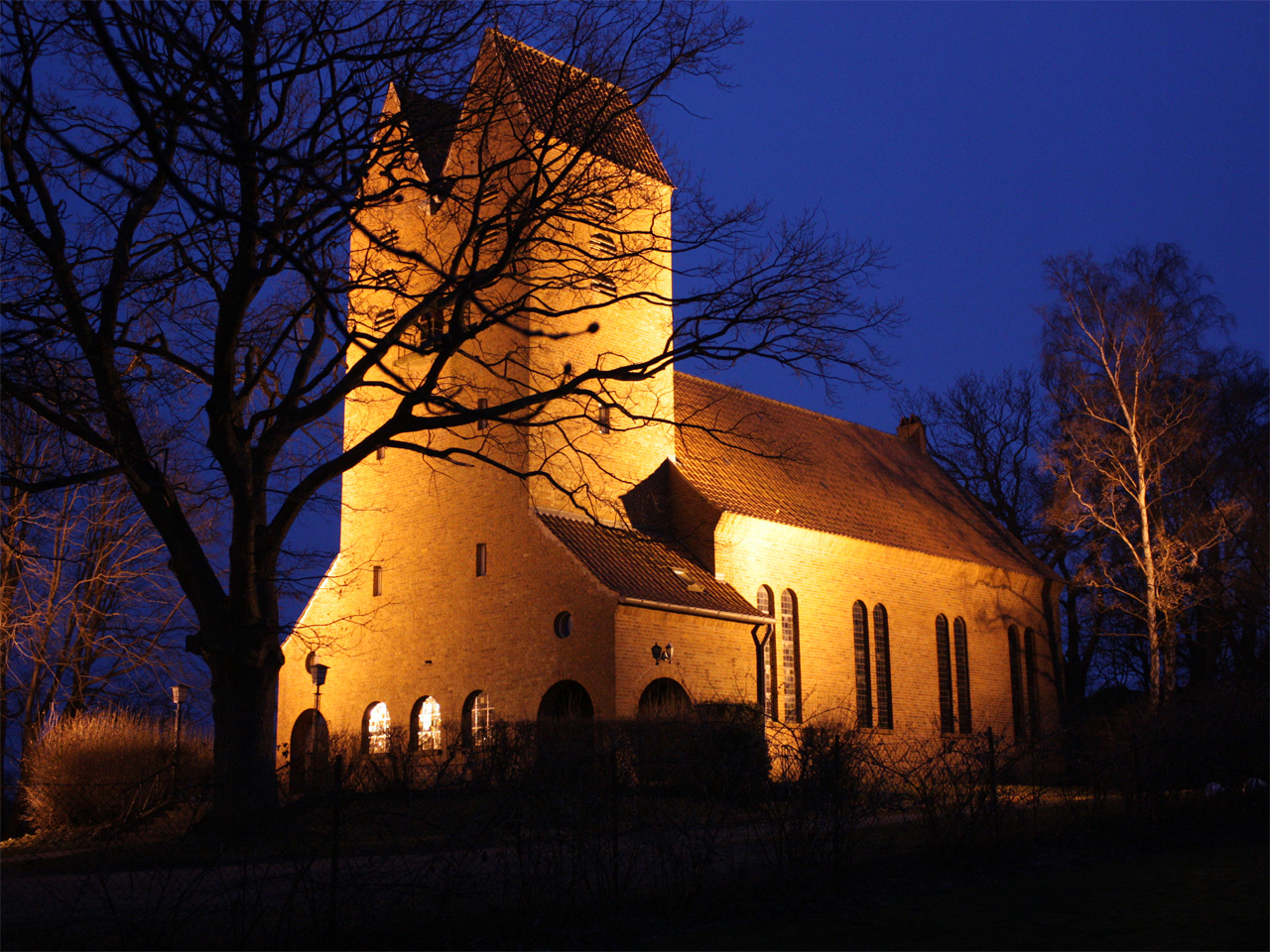Göhren, Rügen on:
[Wikipedia]
[Google]
[Amazon]
Göhren is a
 * Göhren Pier was rebuilt in the 1990s. It is 270 metres long.
* Speckbusch Barrow (''Hügelgrab Speckbusch'') is next to Göhren church and dates to the
* Göhren Pier was rebuilt in the 1990s. It is 270 metres long.
* Speckbusch Barrow (''Hügelgrab Speckbusch'') is next to Göhren church and dates to the
municipality
A municipality is usually a single administrative division having corporate status and powers of self-government or jurisdiction as granted by national and regional laws to which it is subordinate.
The term ''municipality'' may also mean the go ...
in the Vorpommern-Rügen
Vorpommern-Rügen is a district in the north of Mecklenburg-Vorpommern, Germany. It is bounded by (from the west and clockwise) the Baltic Sea and the districts Vorpommern-Greifswald, Mecklenburgische Seenplatte and Rostock. The district seat is ...
district, in Mecklenburg-Vorpommern
Mecklenburg-Vorpommern (MV; ; nds, Mäkelborg-Vörpommern), also known by its anglicized name Mecklenburg–Western Pomerania, is a state in the north-east of Germany. Of the country's sixteen states, Mecklenburg-Vorpommern ranks 14th in po ...
, Germany
Germany,, officially the Federal Republic of Germany, is a country in Central Europe. It is the second most populous country in Europe after Russia, and the most populous member state of the European Union. Germany is situated betwe ...
.
Geography
The municipality of Göhren adjoins the easternmost point of the island of Rugen: Cape Nordperd. It separates the North Beach (''Nordstrand'') from the South Beach (''Südstrand''). The North Beach is the actual bathing beach with a seaside promenade. Between Göhren Pier and the Nordperd lies the Buskam, the largestglacial erratic
A glacial erratic is glacially deposited rock differing from the type of rock native to the area in which it rests. Erratics, which take their name from the Latin word ' ("to wander"), are carried by glacial ice, often over distances of hundre ...
boulder in North Germany, which rises one metre about the sea.
Sights
 * Göhren Pier was rebuilt in the 1990s. It is 270 metres long.
* Speckbusch Barrow (''Hügelgrab Speckbusch'') is next to Göhren church and dates to the
* Göhren Pier was rebuilt in the 1990s. It is 270 metres long.
* Speckbusch Barrow (''Hügelgrab Speckbusch'') is next to Göhren church and dates to the Bronze Age
The Bronze Age is a historic period, lasting approximately from 3300 BC to 1200 BC, characterized by the use of bronze, the presence of writing in some areas, and other early features of urban civilization. The Bronze Age is the second prin ...
.
* The ''Mönchguter Museums'' are four museums that are protected and, together, form an open-air museum. There is a local history museum, the motor yacht ''Luise'', the museum farm (since 1973), and a thatched fisherman's house, the ''Rookhuus''.
* The ''Drachenhaus'' was the last home and workshop of the "Poet of the Baltic" and important playwright, Max Dreyer
Max or MAX may refer to:
Animals
* Max (dog) (1983–2013), at one time purported to be the world's oldest living dog
* Max (English Springer Spaniel), the first pet dog to win the PDSA Order of Merit (animal equivalent of OBE)
* Max (gorilla) ...
.
* '' Buskam'': the largest glacial erratic in Germany is located ca. 300 metres offshore, east of Göhren.
* Memorial for the victims of Action Rose in 1953 on the Baltic Sea (Hotel Seestern, Poststraße 10)
* Göhren Village Church dates to the 20th century (1929/30).
* The area monument, the ''Hessenlager
The Hessenlager or Hessian Camp is a former military encampment established by Hessian-Darmstadt troops during the French occupation near Göhren on the German island of Rügen.
Location
The camp was located south of Göhren in the vicinity of ...
'', on the road to Lobbe Lobbe is a surname which may refer to:
* Carlos Ignacio Fernández Lobbe (born 20 November 1974), Argentine rugby union footballer
*Juan Martín Fernández Lobbe
Juan Martín Fernández Lobbe (born 19 November 1981 in Buenos Aires) is an Argenti ...
is an 1812 military camp.
* The beaches have a total length of 5 km and merge into each other.
** North Beach (''Nordstrand''): up to 30-metre-wide, white, fine-sand beach with a 270-metre-long pier
** South Beach (''Südstrand''): rockier and narrower beach, which runs to Lobbe.
References
External links
Towns and villages on Rügen Seaside resorts in Germany Mönchgut Populated coastal places in Germany (Baltic Sea) {{VorpommernRügen-geo-stub